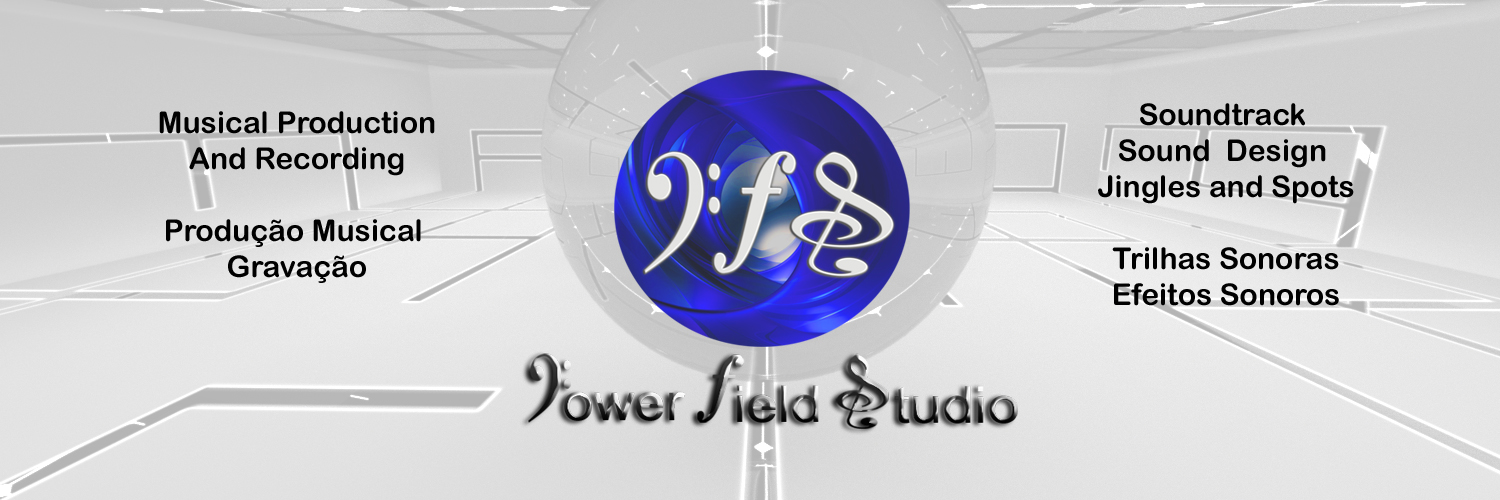How To Pre-Plan & Manage Your Band's Tour Finances
First of all thanks to BY: CHERIE NELSON
for this article.
When indie music duo Pomplamoose went on 28-day tour in fall 2014, they sold just under $100,000 in tickets. With merchandise sales and a sponsorship from Lenovo, they pulled in a total of $135,983. However, after paying for publicity, payroll, production, hotels, food, travel, commissions, merchandise manufacturing, and other costs, total tour expenses added up to $147,802. Pomplamoose ended up putting $11,819 on credit cards to cover the cost of their own tour.
Fortunately, Pomplamoose was expecting a loss on their tour and had a plan to cover their losses from other sources of income. But for most bands, breaking even on tour can be challenging, and it’s easy to go over budget. This can hurt not only your music career, but also your personal finances. To prevent this, following a few guidelines can help you stay on budget and protect your money.
Separate Your Business & Personal Expenses
Jamie Davis-Ponce, who has experience both as a musical professional and as a finance and operations manager, recommends that one of the first things musicians should do to get their accounting in order is to set up separate business bank and credit card accounts for your band. This will help you avoid maxing out your personal credit card while you’re on the road. It will also make your accounting and tax preparation easier, protect you from personal liability for debt and make it harder for identity thieves to get at your finances. Set up a separate accounting spreadsheet to keep track of band-related expenses, and make sure you only use your business card for business purposes.
Plan Your Budget
Plan out every major expense and make sure your pre-determined income will be sufficient to cover it. Basic expenses that you should factor in include equipment, rehearsal rental space, production, promotion, travel expenses, hotels, food, crew member payroll, agent commissions and merchandise. Bandzoogle’s Dave Cool provides a checklist and sample spreadsheet you can use. A business budgeting app such as QuickBooks Online can help make handling your budget easier.
Don’t forget about your personal finances while you’re focused on your tour. Create a separate personal budget and estimate expenses such as mortgages, car payments and bills that need to be paid back home while you’re on the road.
Cover Your Bills
While you’re on a road tour, making sure you paid your monthly mortgage or your band won’t be the first thing on your mind. Both you and your band have bills that will need to be paid while you’re on the road, and missing payments can cost you late fees or create other hassles. To avoid late payments, financial service providers such as Bank of America recommend setting up automatic online bill payments. You can schedule payments to be made ahead of time, and you can also sign up for alerts to let you know when a bill has been paid.
Protect Yourself from Identity Theft
Identity thieves like to target people who are away from home, and band members on tour are no exception. To avoid this, take precautionary steps. Remove credit and identification cards you won’t need from your wallet before leaving home, and store them in a safe place. Keep your band’s credit card in a safe place while you’re traveling. Alert your credit card company that you’ll be on the road. Keep updated on the latest identity theft scams and avoid Wi-Fi hotspots such as hotel networks and public computers that identity thieves may be targeting. Only use ATMs that are monitored by cameras or security guards.
Track Your Expenses
While you’re traveling from San Francisco to New York City, it’s easy to forget your band spent $100 on food at the airport in Chicago. Make sure you keep track of receipts and other expense-related data such as gas mileage so you can include them in your expense report and write them off on your taxes. An expense-tracking app such as Expensify can make it easier for you to capture receipts and update your expense reports while you’re on the road. Sign up for the free trial before you head out on your tour, so you’re ready and tracking from day one.












